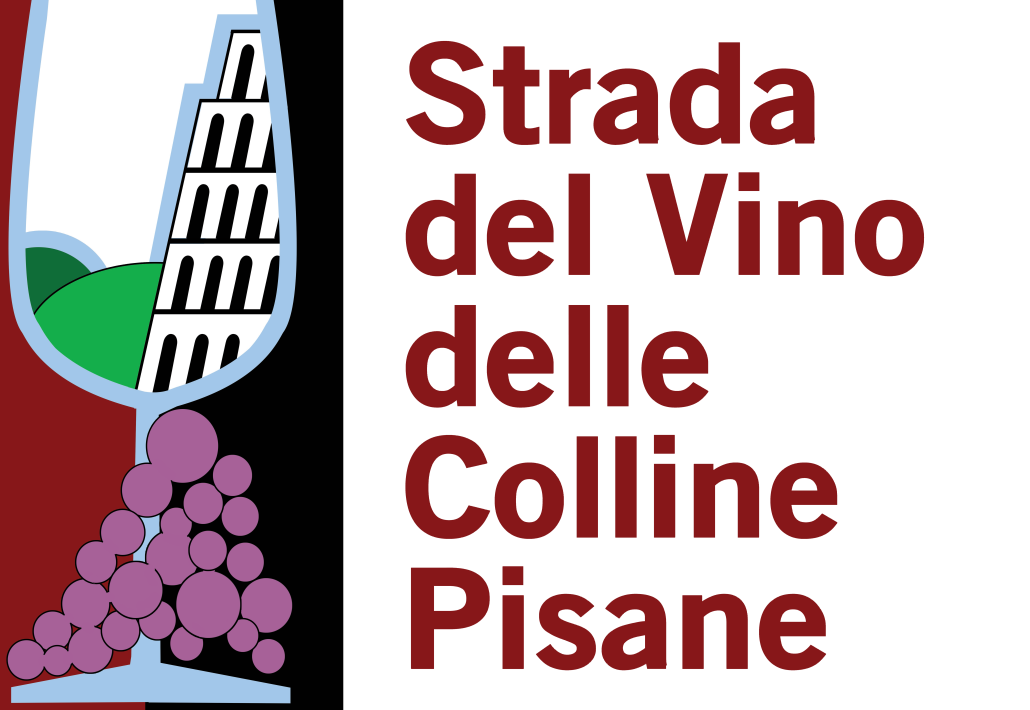CHIANNI
The origin of Chianni is definitely Etruscan, considering the recent discovery of tombs that testify to the period. The origins of his name are uncertain instead, perhaps was Clanius, an etruscan Latin name, or Clango, which mean a place covered with forests good for hunting. The village was a medieval castle fought over the Bishop […]
